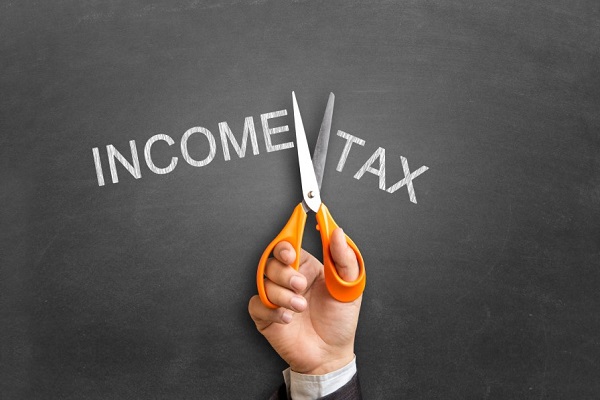Proposed changes to stage 3 tax cuts

The talk about the stage 3 tax cuts has reached fever pitch in recent days. The changes were originally legislated by the previous government in 2019 with the support of the then Labor opposition.
During the election campaign and since coming to government, the Prime Minister had reassured voters on multiple occasions that the stage 3 tax cuts would remain.
However, with the recent inflationary stressors, the government has been under increasing pressure to change the already legislated tax cuts in favour of cost-of-living relief for low to middle income earners.
Any changes will require amending legislation to be passed.
Background to the stage 3 tax cuts
As a refresher, stage 3 tax cuts are due to come into place from 1 July 2024, and will benefit individuals that have a taxable income above $45,000. Under the current rates, individuals that earn between:
- $0 and $18,200 pay no tax
- $18,201 and $45,000 are taxed at 19% of the excess over $18,200
- $45,001 and $120,000 are taxed at $5,092 plus 32.5% of the excess over $45,000
- $120,001 and $180,000 are taxed at $29,467 plus 37% of the excess over $120,000
- $180,001 and over are taxed at $51,667 plus 45% of the excess over $180,000.
However, from 1 July 2024 under the legislated stage 3 tax cuts:
- individuals with a taxable income between $45,000 and $200,000 will be taxed at $5,092 plus 30% of the excess over $45,000.
- individuals with a taxable income of $200,001 and over will be taxed at $51,592 plus 45% of the excess over $200,000.
According to the latest ABS data, the median earnings of full-time Australian workers are around $1,600 per week or $83,200 per year.
Under the current rates, a worker on median earnings would be paying $17,507 in tax.
However, when the stage 3 tax cuts come into play for the 2024-25 income year, this same worker would only be paying tax of $16,552, a saving of $955.
Of course, as the critics of the tax cuts have pointed out, those earning more will be saving more. For example, ABS data indicates that individuals earning $2,820 per week are in the 90th percentile of workers in Australia. This figure equates to annual earnings of $146,640 and under the current tax rates such an individual would be paying around $39,323 in tax.
When the stage 3 tax cuts come into place, this worker will only be paying tax of $35,584, a tax saving of around $3,739.
This effect becomes even more pronounced at the edge of the stage 3 threshold of $200,000. These individuals would experience a tax saving of $9,075 ($60,667 in tax under the current rates vs $51,592 under the stage 3 tax cuts).
Proposed changes to the stage 3 tax cuts
Under the government’s proposed changes to the stage 3 tax cuts, those earning between $18,201 and $45,000 will see their tax rate reduced from 19% to 16%.
In addition, those that earn between $45,001 and $135,000 will be taxed at the new marginal tax rate of 30%, and the existing 37% marginal rate will be retained but will apply to individuals earning between $135,001 and $190,000.
The top marginal rate of 45% will also remain for those that earn $190,001 and above.
An average worker earning $83,200 per year will be better off under the government’s proposed changes to the stage 3 tax cuts, paying around $15,748 in tax versus $16,552 under stage 3 and $17,507 under the current rates.
Those in the 90th percentile of workers will be only slightly worse off under the proposed changes to the stage 3 tax cuts ($35,594 in tax) compared to stage 3 ($35,584 in tax), although they will still be better off than under the current rates ($39,323 in tax).
Interesting times ahead!
The government will now be working to get its proposed changes to the stage 3 tax cuts passed as law before 1 July 2024.
It is widely speculated that the Coalition will vote against the proposed changes to the stage 3 tax cuts.
It is likely that the proposed changes will still go through, albeit potentially in a different form, given reports that the Greens are seeking to negotiate on the proposal and are wanting more support for low and middle-income households, including an increase in the tax-free threshold. Added to that, are reports that the Prime Minister is willing to negotiate with the Senate cross bench to ensure the Government’s proposed changes to the stage 3 tax cuts are legislated.
Interesting times ahead!
Disclaimer: The information on this page is for general information purposes only and is not specific to any particular person or situation. There are many factors that may affect your particular circumstances. We advise that you contact Mathews Tax Lawyers before making any decisions.
